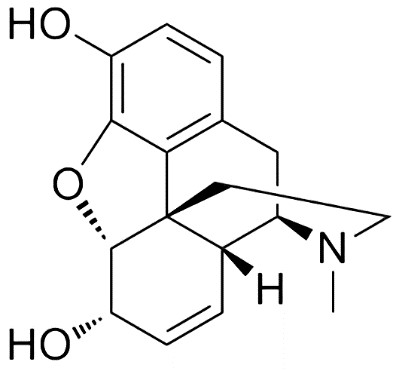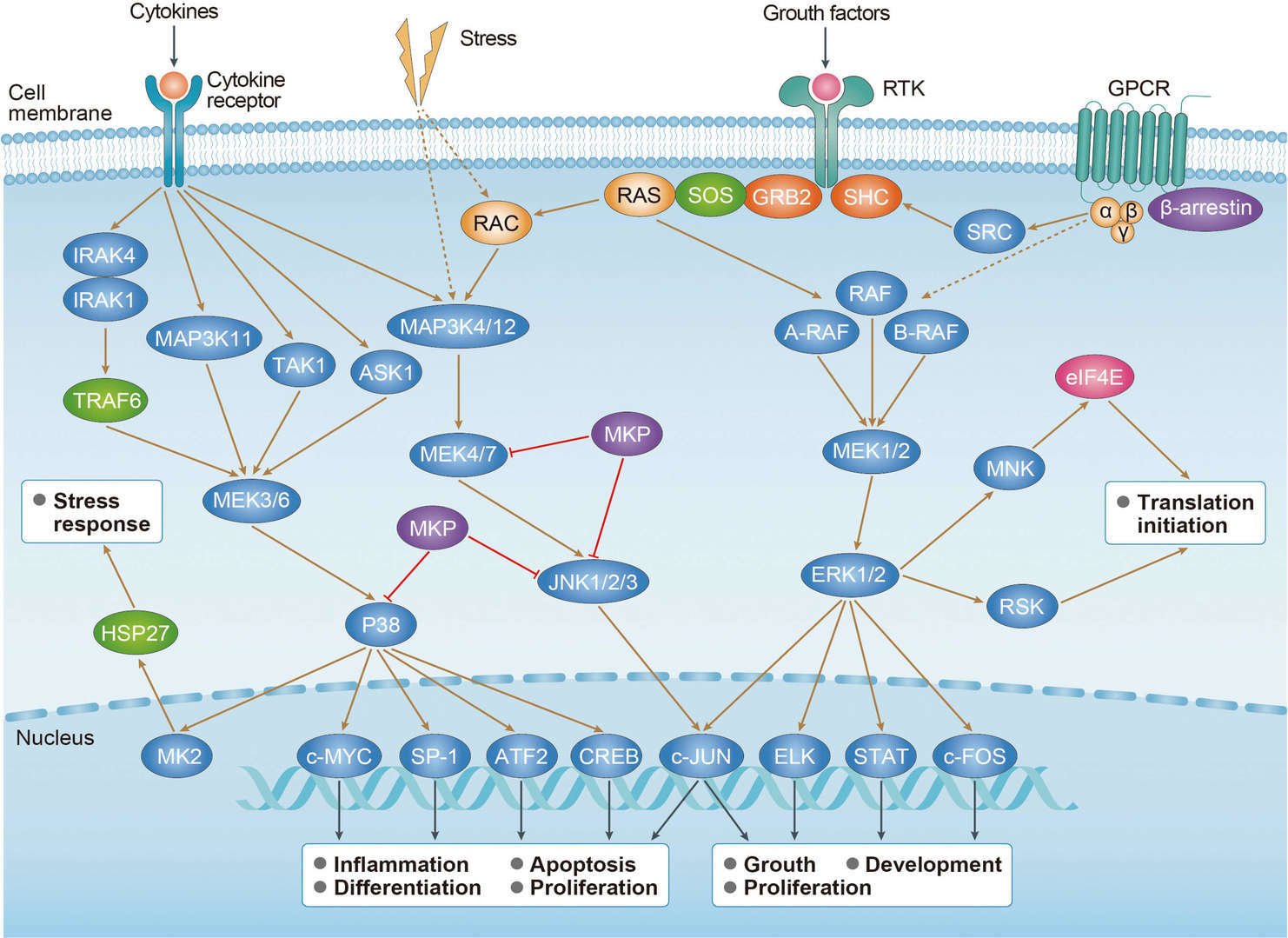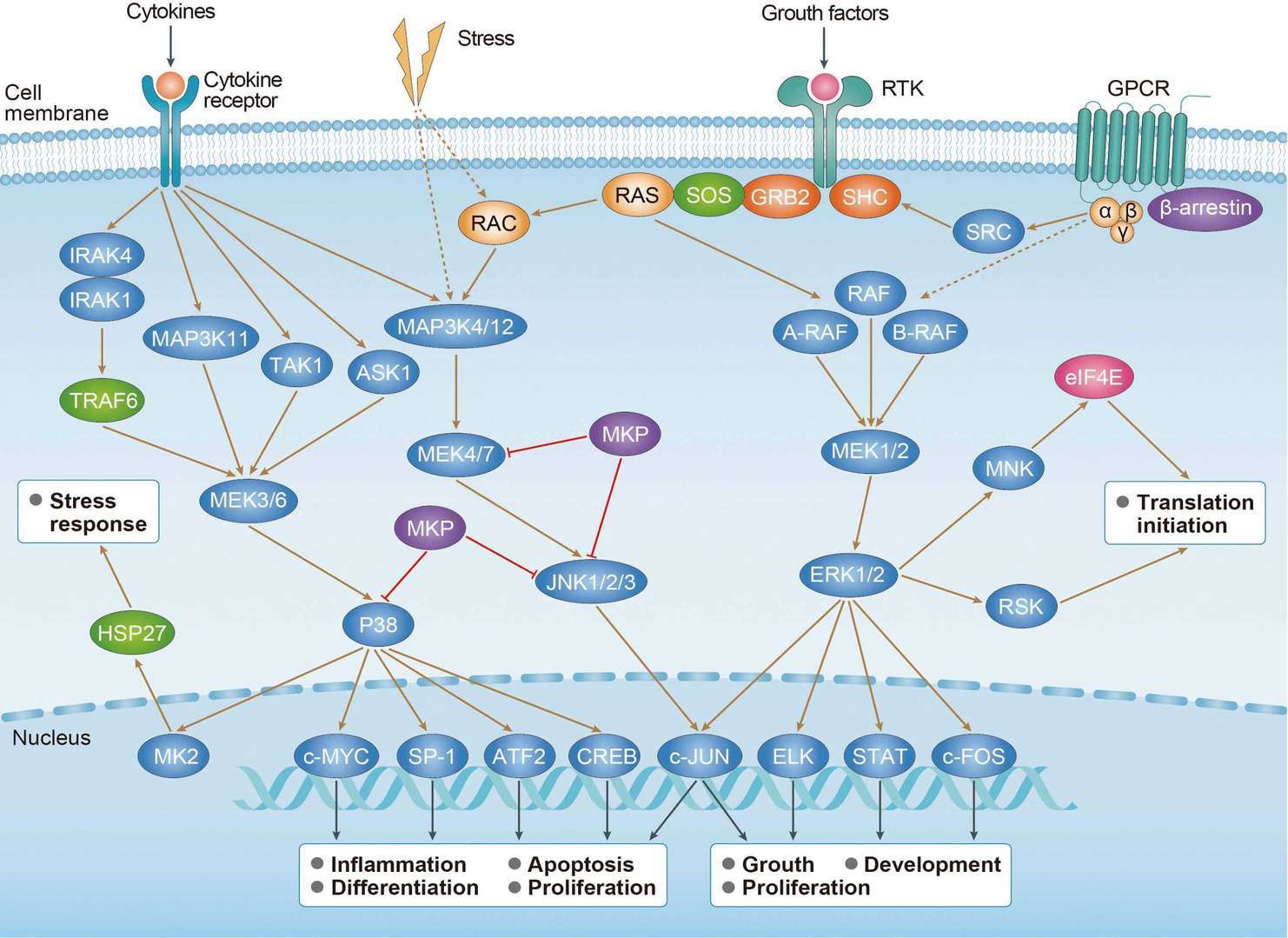

Morphine Addiction Overview
About Morphine Addiction
Morphine is an opiate affecting the way the central nervous system (CNS) responds to pain and relieves severe pain. The drug can be taken in various forms, such as tablets, syrups, or injections. In some cases, morphine can also be smoked. It works via acting on the receptors within CNS to affect the way pains are perceived and produces a euphoric effect. Morphine is operated to treat moderate, severe, and chronic pain. Moreover, it is utilized for pain relief after major surgeries, treatment for cancer-related pain, and shortness of breath at the end of a patient's life. However, morphine has a very high risk for abuse due to its extreme potency.

Morphine addiction develops for multiple reasons, especially when someone abuses it frequently. Morphine addiction is similar to heroin addiction because of their alike action mechanisms. These addictions are considered to be some of the toughest to overcome. Suddenly stopping morphine intake can result in serious, and sometimes fatal, withdrawal symptoms. Usually, morphine addiction is accompanied by physical and behavioral changes. Those addicted to morphine may appear uncoordinated, have stiff muscles and shallow breathing, and be extremely sleepy, or fall unconscious. Morphine generally results in fluid retention, so the abusers of the drug may also look more bloated and experience swelling around their joints. Besides that, morphine has an important influence on an individual's emotions. People suffering from morphine addiction may have signs of anxiety, depression, irritability, and severe or irrational fears.
Overview of morphine addiction pathways
Main Signaling Pathways in Morphine Addiction
Diagnosis of Morphine Addiction
Diagnosing morphine addiction requires observation on patients' symptoms and certain lab tests are also necessary. People with morphine addiction possibly display signs of anxiety, dilated pupils, slurred speech, nodding off, and severe or irrational fears. Meanwhile, these signs may possibly result in their disconnection with friends or family, which also can be a referent diagnosis sign. Most mental health professionals follow the criteria in the Diagnostic and Statistical Manual of Mental Disorders (DSM-5), published by the American Psychiatric Association (APS), to confirm whether patients are addicted to morphine. Meanwhile, blood, urine or other lab tests are utilized to assess the condition of drug usage, which, however, are not the diagnostic approach for addiction. In fact, these tests are usually used in the stages of treatment and recovery for monitoring.
Treatment of Morphine Addiction
To date, the best treatment approach is a physician-assisted detoxification program, an inpatient program usually lasting around 90 days. Without morphine, patients will experience the first withdrawal symptoms within the first 6-12 hours of their last use. These symptoms will gradually worsen until they peak between 36-72 hours after the last use. Morphine detox is not just uncomfortable and will potentially damage normal brain cells. Clonidine, one of the most widely used drugs for morphine detox, helps reduce anxiety, irritability, cramping and sweating. People who require long-term maintenance of their withdrawals may be prescribed buprenorphine, a mild narcotic that binds with the same opioid receptors as morphine. Overcoming morphine addiction is a lifelong process. It also requires lifestyle changes to prevent relapse. It is important to establish relationships with people who support a healthy lifestyle.
For research use only. Not intended for any clinical use.
This site is protected by reCAPTCHA and the Google Privacy Policy and Terms of Service apply.

 MAPK Pathway
MAPK Pathway cAMP Signaling Pathway
cAMP Signaling Pathway